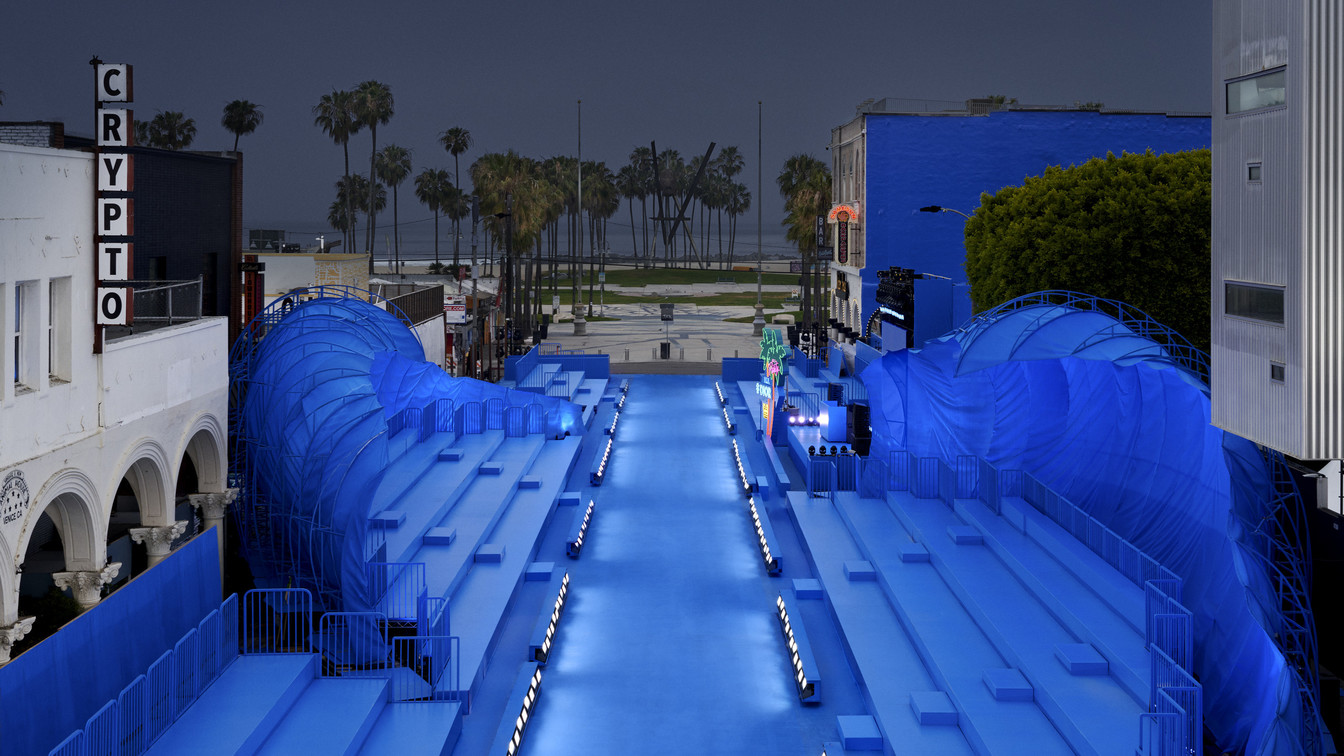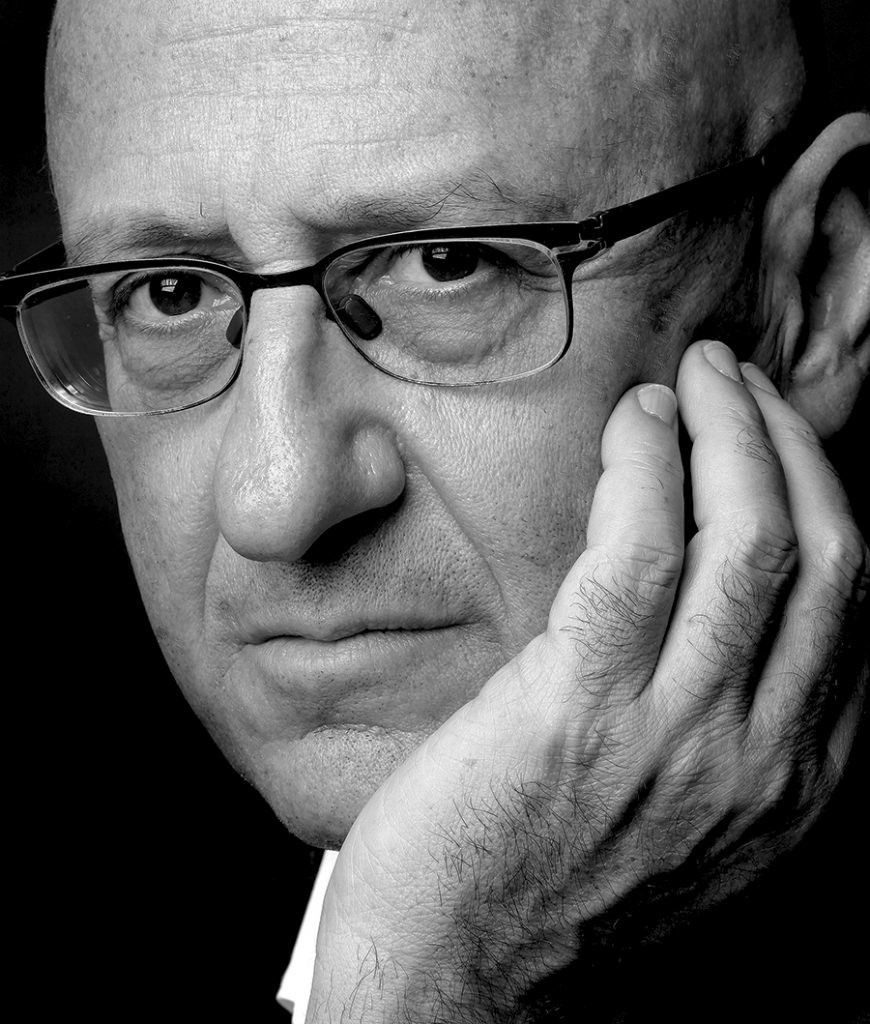

Just a few weeks ago in Los Angeles, Dior, part of the LVMH portfolio, amazed its customers with the Cruise 2023 collection designed by Kim Jones, opening the doors of fashion to the virtual world.
The Maison, which has signed an agreement with Mark Zuckerberg’s company Meta, also broadcast the fashion show on the Horizon Venues platform, allowing spectators, equipped with a special headset, to experience the show in real time.
The guests thus found themselves in a virtual amphitheater where they interacted with the avatars of the other people taking part in the event. This is just one of the suggestions that promotes the increasingly close ties between fashion and virtual reality. Many are seeking to explore the new digital universe that, in part due to the restrictions imposed during the pandemic in the past couple of years, has given fashion brands the opportunity to continue to express their creativity and keep the fashionista community in touch.
The fashion schools that develop the new talent are imagining special master’s and courses. There was the recent announcement by Polimoda, which, in collaboration with MONOGRID, a digital creative agency voted Agency of the Year by the Digital Design Awards and nominated among the 100 most revolutionary digital factories by the magazine AD, is launching the short course ‘Fashion for Metaverse’.
“Fashion for Metaverse: from the catwalks directly to the Metaverse. A new, entirely digital experience that connects the real world with that of virtual interactions to offer people the opportunity to express themselves through customizable digital 3D avatars,” explains the director of Polimoda, Massimiliano Giornetti. “In response to the growing demand for professional profiles with an increasingly multifaceted knowledge of the fashion industry, this course will amplify the creative potential of tomorrow's designers, capable of integrating the craftsmanship of traditional fashion with hyper-augmented realities. A versatile, conceptual creativity capable of connecting the heritage of fashion with the metaverse.”
“Given that MONOGRID is focused on creativity and the production of content for the fashion and luxury industry,” adds Francesco Bernabei, CEO of MONOGRID, “it is almost a duty for us to partner with an institution like Polimoda, which develops new talent every day.” “This course will enable us to create connections with students but at the same time to build together a new vision in the construction of the Metaverse. So, it is important to train hybrid professionals who are not only capable of conceiving a physical reality, but who at the same time have a great digital sensitivity, thus offering the full circle of know-how on communication.”
The first Metaverse Fashion Week took place in March, with over 50 brands taking part and an audience made up of avatars dressed in NFT garments (non-fungible token, i.e. traced to guarantee the certification of authenticity) . Entrepreneur Andrea Panconesi is also seizing the potential of the new way of experiencing fashion.

The founder of LUISAVIAROMA, a historic fashion store that was the first in Italy to make its debut it e-commerce, back in 1999, becoming a point of reference in the international fashion scene, has in fact launched a new digital project ‘Wear3’ that explores the new frontiers of digital technology. This is a new step in a project that started a few years ago. Panconesi, who has sold 40% of LuiaViaRoma to the Style Capital Fund founded and led by Roberta Benaglia and specialized in fashion, in 2019 created the start-up Avawear, with which he set up Mod4, a game-app with which users (now a community of 500,000 people) create an avatar with which they collect their favorite garments and socialize with other users by participating in real fashion challenges but can also buy selected items on LuisaViaRoma.com. “I bet on gaming and NFTs because today they represent a new place of exchange, interaction and relations,” says Panconesi, “just like e-commerce, blogs and social networks were in their day.”
The garments of the new marketplace can therefore be worn in the spaces of the metaverse but also on the Mod4 app. WEAR3 offers creators a space in which they can show and sell their digital fashion creations alongside those of major brands and, thanks to a system that crosses votes and popularity, it focuses on the community, which rewards the best designs and dictates the style lines of the marketplace. The most voted creations will also be physically produced and marketed, thanks to a DAO, an autonomous fund managed on the blockchain. The novelties of the project also include the possibility for NFTs to go beyond the ‘collectible’ function we are used to, becoming utility NFTs: digital, wearable, usable in the app. Again the creators, the digital fashion designers, can apply on wear3.io and the top collections will be available on the marketplace starting from the second half of July.